SUMMARY
This is AI generated summarization, which may have errors. For context, always refer to the full article.
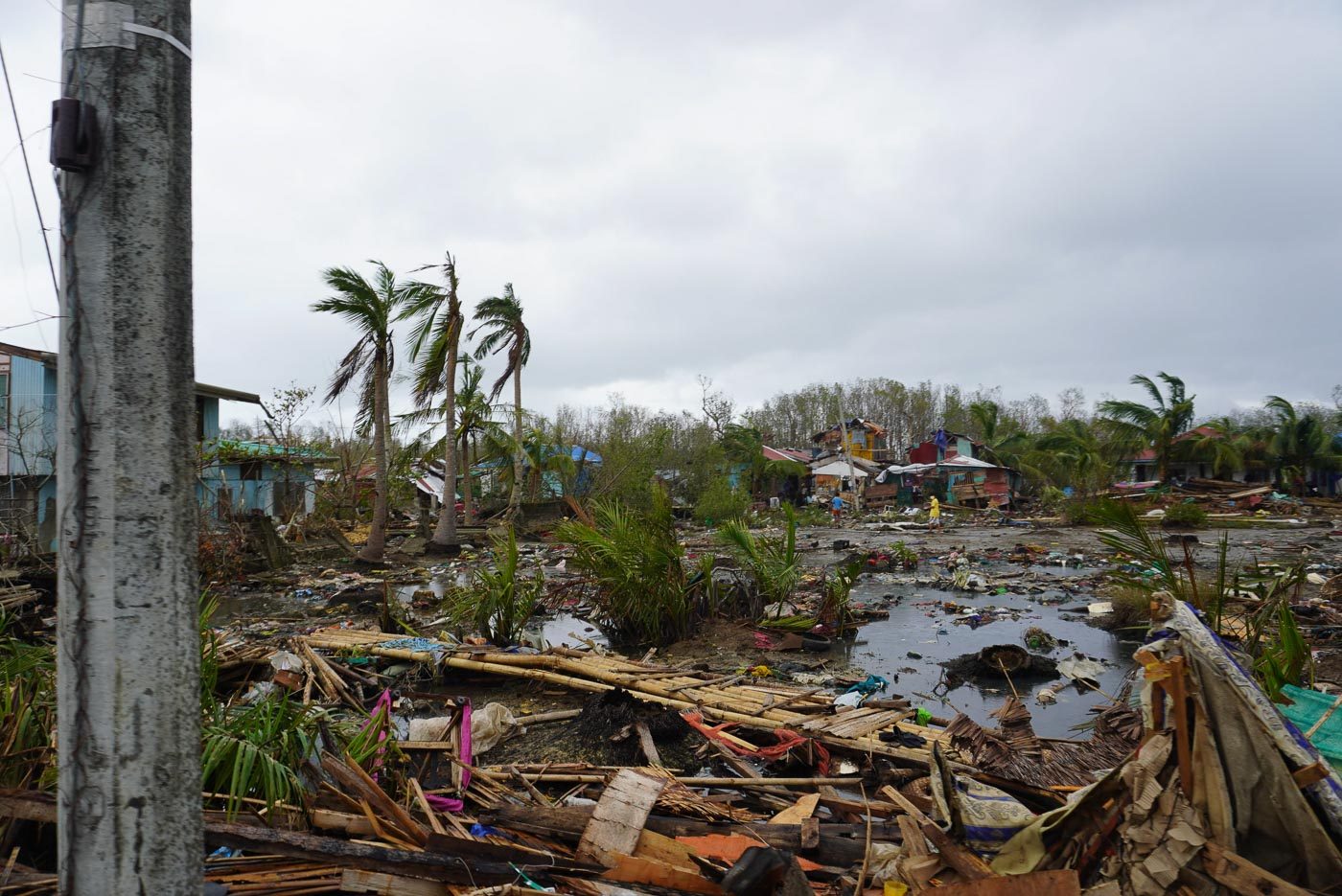
CAGAYAN DE ORO CITY, Philippines – The local government of Loay in Bohol province has started a massive rebuilding of residences in the aftermath of Typhoon Odette.
Dubbed “Atup Tinarungay” (Roof to Repair Together), the town has realigned about P4.5 million of its infrastructure budget to buy thousands of iron roofing sheets for its residents whose houses were destroyed by Typhoon Odette on December 16.
“Almost all but the sturdiest houses in town were damaged. No barangay was spared from the wrath of its winds,” said Loay Mayor Hilario “Lahar” Ayuban in a phone interview on Wednesday, January 5.
As of Thursday, January 6, the local government has distributed 4,636 galvanized iron sheets to 660 families.
Loay is located 16 kilometers east of Tagbilaran City and around 85 km via the Loay Interior Road from the northeastern town of Bien Unido, the site of Odette’s fifth landfall.
Two barangays, Villalimpia and Agape, were flooded at the height of the typhoon.
“Aside from the rainfall, the dam at Ewon Hydropower Plant in Sevilla opened its gates and the overflow emptied into the Loboc River,” he said, explaining the source of the flooding. These barangays, along with four others, are located by the riverbank and part of the Loboc floodplains.
He added that the typhoon was the strongest he had experienced in the past 45 years.
According to Ayuban, 2,298 houses were damaged while 150 were destroyed, or a total of 3,148 houses.
These comprise around 88% of the town’s 3,562 households as per 2020 census data.
“As first responders, we did not wait for any support from the provincial and national governments anymore, and instead we tried to start with what we have,” Ayuban said.
He also started an online fund drive among Loay’s overseas workers and immigrants in the United States, Canada, and Europe. The fund drive has raised around P200,000.
Its calamity fund for the year had already been exhausted as it was used for food relief for those in quarantine or granular lockdown due to COVID-19 in the last 12 months.
He said that in a meeting with other town officials on December 17, they pointed out that rebuilding the houses was the most urgent need of its residents, aside from the restoration of water and power services. Loay is a fifth-class municipality, with a population of 17,000.
The chairpersons of 24 barangays pledged to coordinate volunteer teams to help the families repair their roofs.
“The next move is to raise funds to build 150 new houses for those who lost their homes. The local government unit will provide construction materials while barangays will also give a counterpart fund. We will rebuild the houses together. People here are used to volunteerism. We are doing things for each other and together here,” Ayuban assured.
He mentioned another shelter project called “Balay Tinabangay” (House Built by Helping One Another), a housing grant which entails providing materials for building one house every month.
Started in 2020, it has built 20 houses for poor families.
Asked if he would allow those whose houses were located on foreshores, riverbanks, and other danger zones to rebuild, the mayor said that he will resettle them to safer grounds within their barangays.
He however said that it might not be feasible for residents in flood-prone barangays to resettle in other barangays. Instead, they might have to build houses that could adapt to the impacts of extreme weather events right where they reside.
Heritage house destroyed
Meanwhile, Ayuban confirmed that the Clarin Ancestral House, particularly its roof of thatched nipa leaves, was destroyed by the typhoon.
The 177-year-old “Bahay na Bato” was the residence of Jose Aniceto Butalid Clarin, the third President Pro tempore of the Philippine Senate in 1934-35 during the Presidency of Sergio Osmena Sr.
His son, Anecito was the first governor of Bohol under the Americans.
Another son, Olegario Sr. served as senator representing Bohol, Misamis, and Surigao from 1946 to 1951.
Ayuban said he will facilitate its damage assessment and repair. But as it has been declared a heritage house in 1998 by the National Historical Institute, now the National Historical Commission of the Philippines (NHCP), fund support for its repair will be shouldered by the latter.
Historian Marianito Luspo, said Perlina Alo of the NHCP had come to Bohol on Tuesday, January 4, to assess the impact of the Typhoon on heritage infrastructures in Bohol, including several Catholic churches and heritage houses.
Luspo has worked for three years with the Clarin family in documenting the ancestral house as well as two other houses owned by the Bernaldezes and Zarragas. These houses are among those he documented in his book, “Sukaran: The Domestic Architecture of the Towns of Loay and Loboc in Bohol.”
The NHCP and National Museum-Bohol, which maintains a museum in the house, have not responded immediately to our request for comment.
Relief for cultural workers
Meanwhile, gleaning lessons from the catastrophic earthquake in 2013, the Bohol cultural arts frontliner Kasing Sining (KS) initiated its relief operations for cultural workers starting on December 20.
According to Lutgardo Labad, KS founder and artistic director, a core team based in Tagbilaran City visited member communities starting on December 20.
“We conducted a post-disaster rapid damage assessment using a template provided by a partner NGO and also brought food parcels,” informed Labad.
KS distributed about 50 food parcels in 8 towns, namely Tubigon, Loon, Maribojoc, Cortes, Baclayon, Alburquerque, Loboc, Garcia-Hernandez, and in Tagbilaran City.
He also went to visit the Jao Island Mobile Theater collective in Talibon Town, about 100 km from Tagbilaran.
He further said that KS decided to take care of its arts and culture community first because “in the long term when their security, safety, and well-being, as well as that of their families, are assured, they, in turn, will lead activities providing trauma healing through the arts to their communities.”
“There are different forms of (post-trauma) arts therapies, depending on the beneficiaries and the triggering event. We will have to sit down on how to go about it,” he said.
Aside from the visits, KS started an online fund drive to buy roofing and other construction materials such as nails and wood boards to be given to about 20 families of artists and cultural workers whose houses were damaged by the typhoon.
KS is a community-based semi-professional repertory theater company aimed at developing theater in Bohol, says its Facebook account.
After the magnitude 7.2 quake on October 15, 2013, Labad spearheaded “the development of programs in cultural restoration and rehabilitation of impacted communities.”
KS was then redefined as “Arts for Healing: ‘Sining nga Naay Kasing-kasing'” (Art with a Heart).
At the NCCA-run Theater on Edge Festival in 2014, KS members, together with other regional theater groups, explored ways of using the theater arts for disaster prevention awareness, post-disaster rebuilding, and cultural heritage restoration.
These skills will again be deployed as soon the art collectives are ready to process their experience through the typhoon.
“We are doing these on our own for now, independent of government efforts. The provincial government is busy with attending to the macro mega-situation but soon as possible we will link with them and work together.” –Rappler.com
Add a comment
How does this make you feel?

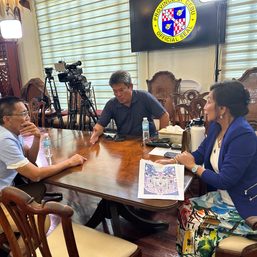

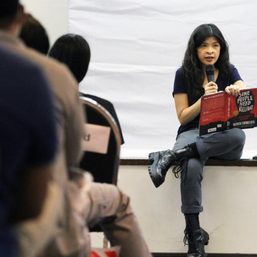

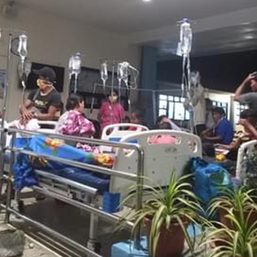
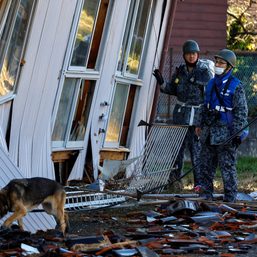
![[ANALYSIS] Lessons in resilience from Japan’s New Year’s Day earthquake](https://www.rappler.com/tachyon/2024/01/TL-japan-earthquake-warning-system-jan-3-2024.jpg?resize=257%2C257&crop_strategy=attention)
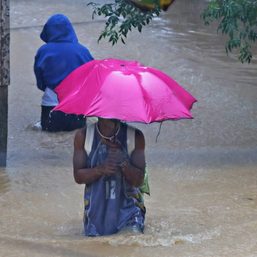

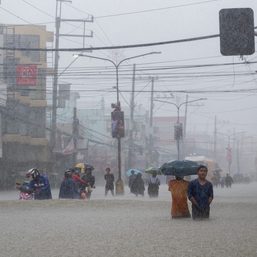

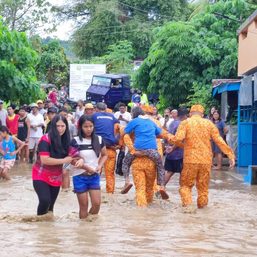

There are no comments yet. Add your comment to start the conversation.